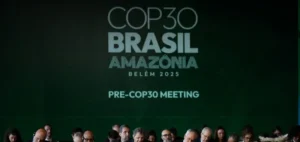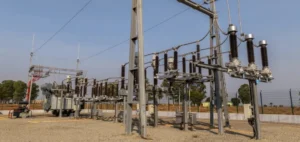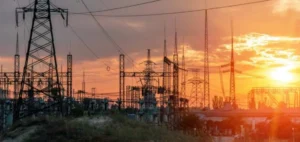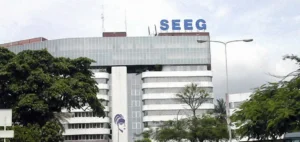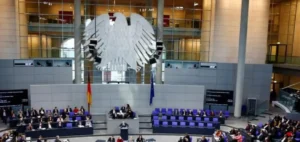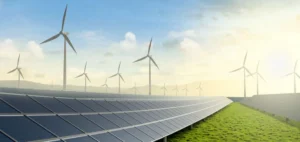Malaysia, one of Southeast Asia’s largest automotive markets, is positioning itself as a key player in the electric vehicle (EV) industry.
The development of the Automotive High-Tech Valley (AHTV) bears witness to this ambition, with the aim of promoting digital transformation, reducing carbon emissions and encouraging the adoption of EVs.
Malaysia is also encouraging the development of green energies, as demonstrated by the presence of Sarawak in Malaysia, one of the leaders in green hydrogen in Asia.
Investment and market growth
Sales of electric vehicles in Malaysia are booming.
According to the Malaysian Automotive Association (MAA), they increased by 112% year-on-year, reaching 6,617 units in the first half of 2024.
This rapid growth is fuelled by the entry of new EV brands into the Malaysian market, accelerating the development of the automotive supply chain.
The AHTV project, led by a joint venture between DRB-Hicom Bhd and Zhejiang Geely Holding Group Co Ltd, plans to attract around RM 32 billion (USD 6.8 billion) in investment over the next ten years.
This initiative reinforces Malaysia’s attractiveness to foreign investors, including the world’s leading automakers.
Government incentives
The Malaysian government is actively supporting this transition with various incentives, such as tax breaks, exemptions from import and excise duties, and subsidies for charging infrastructure.
These measures aim to make the adoption of EVs more attractive to consumers and businesses alike.
The rise of e-commerce, car-sharing and home-delivery services is also contributing to this transition, as consumers seek more personalized, connected and environmentally-friendly options.
This evolution creates new opportunities for the automotive industry, from original equipment manufacturers (OEMs) to after-sales services.
Automechanika Kuala Lumpur
These developments are highlighted at the upcoming edition of Automechanika Kuala Lumpur, Malaysia’s leading automotive aftermarket trade show.
From August 1-3, over 300 local and international exhibitors from 20 countries will gather at the Kuala Lumpur Convention Centre (KLCC).
The show covers various areas of the supply chain, such as parts and components, diagnostics and repair, and automotive mobility solutions.
The Automotive Mobility Solutions zone showcases the latest innovations in urban development, city planning and smart mobility, focusing on local infrastructure and technology.
Conference on Automotive Mobility Solutions
The Automotive Mobility Solutions conference, held during the first two days of the show, is a flagship event.
It brings together speakers from renowned companies such as Bosch Rexroth, PETRONAS, Siemens, and many others, addressing topics ranging from supply chain, electrification and digitalization, to logistics and automation in automotive manufacturing.
Discussions delve into mobility solutions, the transition to electric, digitization and optimization of the automotive supply chain, offering participants a comprehensive view of market trends and opportunities.
Malaysia is well on the way to becoming a major hub for the electric automotive industry in Southeast Asia.
Government support, combined with growing interest from foreign investors and changing consumer habits, is propelling the country towards increased adoption of electric vehicles and smart mobility solutions.
The transformation of the Malaysian automotive industry, illustrated by the development of AHTV and events such as Automechanika Kuala Lumpur, promises to redefine the mobility landscape in Asia.


